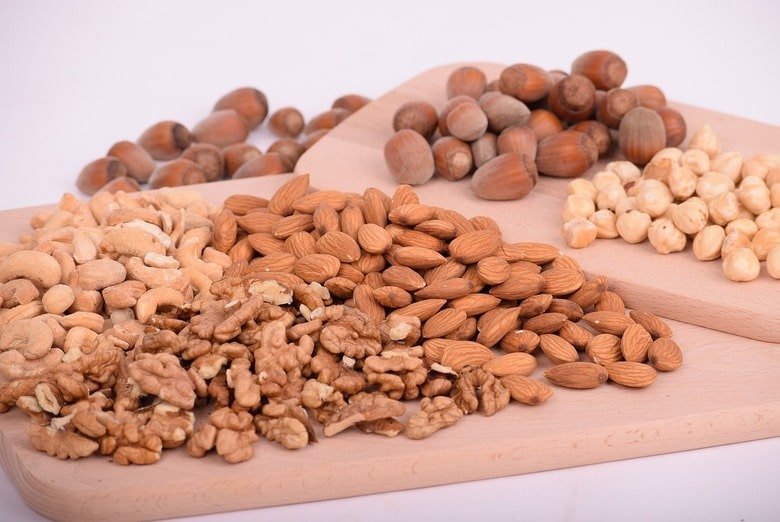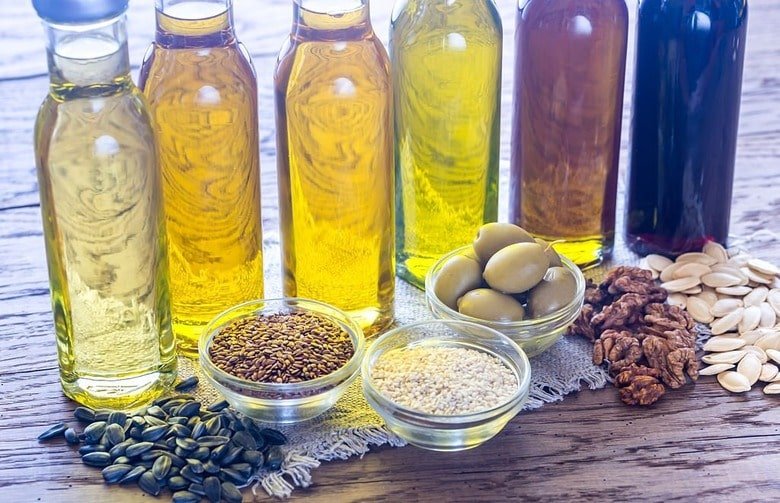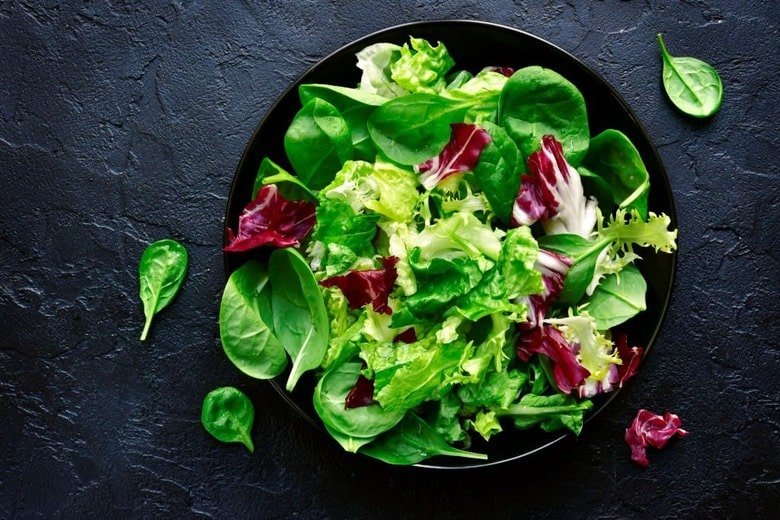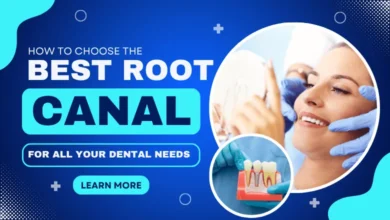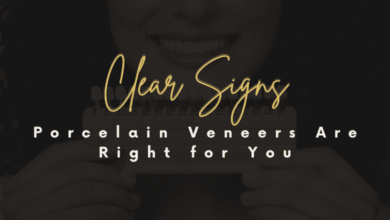Vitamin E Health Benefits and Nutritional Sources

What is Vitamin E?
Vitamin E is a powerful antioxidant that can reduce oxidative stress and inflammation. It is also known to be an effective skin moisturizer and can help improve your complexion. The good news is that you can get vitamin E from foods as well as supplements.
Healthy Vitamin E Food Sources
Vitamin E is a fat-soluble vitamin that can be found in a variety of foods. The following lists the top food sources of Vitamin E:
Nuts
Nuts are a good source of vitamin E. Nuts have been shown to lower the risk of heart disease, and they’re also linked to a reduced risk of diabetes and cancer.
Almonds, hazelnuts and peanuts are high in vitamin E, as well as other healthy fats like monounsaturated oleic acid (the same kind found in olive oil), which has been shown to help lower cholesterol levels. Peanuts are also rich in protein; one ounce contains 7 grams! Additionally, all nuts contain fiber–a nutrient that helps regulate blood sugar levels while providing other health benefits such as reducing inflammation throughout the body.
Seeds
Seeds are another great source of vitamin E. They can be eaten raw or used to add flavor and texture to dishes. Some common seeds include almonds, sunflower seeds, pumpkin seeds and sesame seeds. Flaxseeds are also an excellent source of vitamin E but they must be ground up before you consume them because they’re hard to digest otherwise.
If you’re looking for a way to get more vitamins into your diet without having to think about it too much (or at all), then adding a few tablespoons worth of these foods will do the trick!
Nut and Seed Oils
Nuts and seeds contain vitamin E, and vegetable oils are also a source of it. This is because vitamin E is a fat-soluble vitamin, meaning that it dissolves in fats rather than water. Nut and seed oils are good sources of this nutrient, as well as other plant foods like avocados and olives that have been pressed for their oil content (e.g., olive oil).
Sunflower oil contains around 3mg per tablespoon (15ml), while corn oil has about 1mg per tablespoon (15ml). Soybean has 6mg per tablespoon (15ml), cottonseed has 5mg per tablespoon (15ml), safflower contains 8mg per tablespoon (15ml) and peanut butter contains about 1mg for every 2 teaspoons consumed (5g).
Leafy Greens
Leafy greens are the most common sources of vitamin E. Spinach, collard greens and kale are all good sources of this antioxidant vitamin. It’s also found in bok choy (Chinese cabbage), turnip greens, arugula (rocket) and watercress; as well as Swiss chard and chard.
In addition to being rich in nutrients such as vitamins A, C and K; leafy greens contain other phytochemicals which may help reduce the risk of certain cancers but more research needs to be done before we can say for certain if they do indeed have these properties
Avocado
Avocados are fruits that are high in calories, so eat them in moderation. You can eat them raw or cooked, but ensure that you don’t overcook them until they turn mushy as it can decrease their nutritional value.
For example: “You can eat avocados raw as a snack or add them to your salad.”
Canned Tomatoes, Tomato Sauces, and Tomato Paste
- Canned Tomatoes: Canned tomatoes are an excellent source of vitamin C, which helps to prevent scurvy. They also contain potassium and fiber.
- Tomato Sauce: tomato sauce is made from ripe tomatoes that have been cooked and strained to remove the seeds and skins.
- Tomato Paste: paste can be found in cans or jars, but both are concentrated forms of the fresh fruit with no added water or salt.
What Are the Benefits of Vitamin E?
Vitamin E is a fat-soluble vitamin that helps to protect the body from oxidative stress. It’s also an antioxidant, which means it works to neutralize free radicals in your body and prevent damage to cells and tissues.
Vitamin E contributes to a number of health benefits including:
- Protecting against heart disease by lowering blood pressure and improving cholesterol levels, which reduces your risk of coronary artery disease (CAD).
- Helping you avoid Alzheimer’s disease by reducing inflammation in your brain.
- Lowering your risk of cancer by slowing down cell growth in tumors while promoting apoptosis (cell death). This helps prevent cancerous growths from forming or spreading throughout the body so they can’t cause harm later on down the line!
- Boosting your immune system by improving the function of white blood cells and other components of your body’s defenses. Vitamin E is also an antioxidant, which means it helps protect your cells from damage caused by free radicals. Free radicals are highly reactive molecules that can cause cell damage and even lead to premature aging!
Health Benefits Of Vitamin E
Vitamin E is a powerful antioxidant, which means it helps to protect the body from free radicals. Free radicals are unstable molecules that can cause damage to cells and DNA, leading to disease.
Vitamin E also has anti-inflammatory properties and may help to reduce the risk of cardiovascular disease. In fact, several studies have shown that taking vitamin E supplements can decrease circulating C-reactive protein (CRP), a marker for inflammation in the body. Lower CRP levels have been linked with a lower risk of heart attack or stroke in people who have had one already; however more research needs to be done on this topic before any conclusions can be drawn about whether taking vitamin E supplements actually reduces your risk of cardiovascular disease (CVD).
In addition to protecting against CVD and decreasing CRP levels, studies suggest that vitamin E may play an important role in preventing certain types of cancer like prostate cancer [2]. There’s some evidence suggesting it might lower risk for breast cancer as well too.
Vitamin E is one of the most popular supplements available. It’s important for maintaining a healthy immune system, and it may also help prevent cancer and heart disease. Consult your doctor or pharmacist before taking vitamin E supplements to ensure they won’t interact with other medications.
Visit our website today for more such informative information!
Related Post:
- Top 10 Health Benefits of Eating Roasted Gram
- Health Hazards of Prolonged Sitting
- Best 12 Effective Weight Lose Tips Without Dieting

